Tunisian Crochet Basics: Beginner’s Guide
“Master the art of Tunisian crochet with our comprehensive beginner’s guide.”
5 Essential Tunisian Crochet Stitches for Beginners
Tunisian crochet is a unique and versatile form of crochet that has gained popularity in recent years. It is a combination of crochet and knitting, using a long hook with a stopper on the end to create a fabric that resembles knitting. This technique allows for a tighter and denser fabric, making it perfect for creating warm and cozy projects such as scarves, blankets, and sweaters. If you are new to Tunisian crochet, it can seem intimidating at first, but with a little practice and patience, you can master this technique and create beautiful projects. In this article, we will discuss the 5 essential Tunisian crochet stitches for beginners.
1. Tunisian Simple Stitch
The Tunisian simple stitch is the most basic and commonly used stitch in Tunisian crochet. It is the foundation for all other Tunisian crochet stitches and is often used to create a dense and sturdy fabric. To create this stitch, you will need to insert your hook into the second vertical bar from the hook, yarn over, and pull up a loop. Repeat this process until you reach the end of the row. To complete the row, yarn over and pull through one loop, then yarn over and pull through two loops until you have one loop left on your hook. This stitch is perfect for creating scarves, blankets, and other projects that require a dense and sturdy fabric.
2. Tunisian Knit Stitch
The Tunisian knit stitch is another essential stitch in Tunisian crochet. It creates a fabric that resembles knitting, making it perfect for projects that require a more delicate and open texture. To create this stitch, you will need to insert your hook between the front and back vertical bars, yarn over, and pull up a loop. Repeat this process until you reach the end of the row. To complete the row, yarn over and pull through one loop, then yarn over and pull through two loops until you have one loop left on your hook. This stitch is perfect for creating lightweight and airy projects such as shawls and summer tops.
3. Tunisian Purl Stitch
The Tunisian purl stitch is the opposite of the Tunisian knit stitch and creates a fabric with a bumpy texture. It is often used to add texture and interest to projects such as scarves and hats. To create this stitch, you will need to insert your hook from back to front between the front and back vertical bars, yarn over, and pull up a loop. Repeat this process until you reach the end of the row. To complete the row, yarn over and pull through one loop, then yarn over and pull through two loops until you have one loop left on your hook. This stitch is perfect for adding a unique touch to your projects.
4. Tunisian Reverse Stitch
The Tunisian reverse stitch is a variation of the Tunisian simple stitch and creates a fabric with a ribbed texture. It is often used to create cuffs, collars, and other details in projects. To create this stitch, you will need to insert your hook into the back vertical bar, yarn over, and pull up a loop. Repeat this process until you reach the end of the row. To complete the row, yarn over and pull through one loop, then yarn over and pull through two loops until you have one loop left on your hook. This stitch is perfect for adding a unique and textured look to your projects.
5. Tunisian Honeycomb Stitch
The Tunisian honeycomb stitch is a more advanced stitch but is worth learning as it creates a beautiful and intricate fabric. It is often used to create blankets, scarves, and other projects that require a dense and textured fabric. To create this stitch, you will need to alternate between the Tunisian knit stitch and the Tunisian purl stitch in a specific pattern. This stitch may take some practice to master, but the end result is worth it.
In conclusion, these 5 essential Tunisian crochet stitches for beginners are the building blocks for creating beautiful and unique projects. With practice and patience, you can master these stitches and create a variety of projects using Tunisian crochet. So grab your hook and yarn and start practicing these stitches to take your crochet skills to the next level. Happy crocheting!
Mastering the Tunisian Crochet Hook: Tips and Tricks
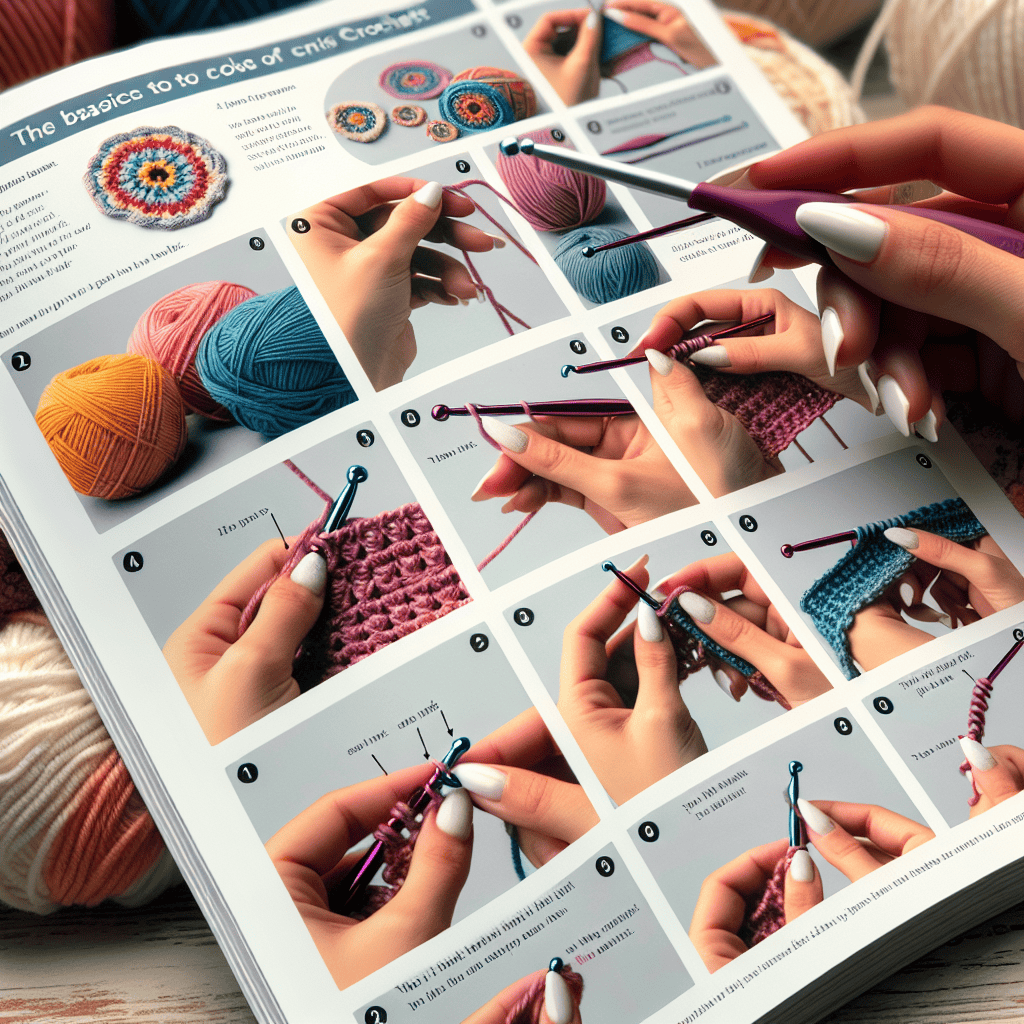
Tunisian crochet is a unique and versatile form of crochet that has been gaining popularity in recent years. It is a combination of crochet and knitting, using a special hook that is longer than a traditional crochet hook. This longer hook allows for the creation of a fabric that resembles knitting, but with the ease and familiarity of crochet. If you are new to Tunisian crochet, mastering the Tunisian crochet hook is the first step in your journey to creating beautiful and intricate projects.
The Tunisian crochet hook, also known as an afghan hook, is longer than a traditional crochet hook and has a stopper at the end to prevent stitches from falling off. It is available in various sizes, just like regular crochet hooks, and can be made from different materials such as aluminum, plastic, or wood. When choosing a Tunisian crochet hook, it is important to consider the type of yarn you will be using and the size of the project you are working on.
One of the most important tips for mastering the Tunisian crochet hook is to hold it correctly. Unlike traditional crochet, where the hook is held like a pencil, the Tunisian crochet hook is held like a knitting needle. This allows for better control and tension while working on your project. It may feel awkward at first, but with practice, it will become second nature.
Another important aspect of using the Tunisian crochet hook is to maintain consistent tension. This is crucial in creating a neat and even fabric. To achieve this, it is recommended to use a larger hook size than what is recommended for the yarn you are using. This will prevent your stitches from being too tight and difficult to work with. Additionally, make sure to keep your stitches loose on the hook as you work, as this will also help with maintaining tension.
One of the unique features of the Tunisian crochet hook is the ability to work with multiple stitches on the hook at once. This is known as the “forward pass” and “return pass” in Tunisian crochet. The forward pass is when you pick up stitches onto the hook, and the return pass is when you work them off the hook. It is important to keep track of the number of stitches on your hook, as this will determine the size of your project. To help with this, you can use stitch markers or count out loud as you work.
When working on a project with multiple colors, the Tunisian crochet hook allows for easy color changes. To change colors, simply drop the old color and pick up the new color on the return pass. It is important to carry the unused color along the back of your work to prevent holes or gaps in your fabric. This technique is known as “color stranding” and is commonly used in Tunisian crochet.
As with any new skill, practice is key to mastering the Tunisian crochet hook. Start with simple projects, such as a scarf or dishcloth, to get a feel for the hook and the different stitches. There are many online tutorials and resources available to help you learn and improve your skills. Don’t be afraid to make mistakes and experiment with different techniques to find what works best for you.
In conclusion, mastering the Tunisian crochet hook is essential for anyone looking to delve into the world of Tunisian crochet. With the right hook, proper tension, and practice, you will be creating beautiful and unique projects in no time. So grab your Tunisian crochet hook and get ready to explore this exciting and versatile form of crochet.
Creating Texture with Tunisian Crochet: How to Incorporate Different Yarns and Techniques
Tunisian crochet is a unique and versatile form of crochet that allows for the creation of beautiful and intricate textures. Unlike traditional crochet, Tunisian crochet uses a longer hook and a special technique that creates a fabric with a distinct look and feel. One of the most exciting aspects of Tunisian crochet is the ability to incorporate different yarns and techniques to create even more texture and depth in your projects.
When it comes to choosing yarn for Tunisian crochet, the possibilities are endless. You can use any type of yarn, from lightweight cotton to chunky wool, to achieve different effects. However, it is important to keep in mind that the type of yarn you choose will greatly impact the final texture of your project. For beginners, it is recommended to start with a medium weight yarn, such as worsted weight, as it is easier to work with and will give you a good idea of how the stitches will look.
One of the most popular ways to add texture to Tunisian crochet is by using different types of yarn in the same project. This can be achieved by alternating between two or more yarns, or by using a variegated yarn that changes colors throughout. This technique is perfect for creating stripes or color blocks in your project, and it adds a unique and eye-catching texture to your work.
Another way to add texture to Tunisian crochet is by using different stitch techniques. The most common stitch used in Tunisian crochet is the simple stitch, which creates a dense and sturdy fabric. However, there are many other stitches that can be used to create different textures, such as the Tunisian knit stitch, the Tunisian purl stitch, and the Tunisian honeycomb stitch. By incorporating these different stitches into your project, you can create a variety of textures, from smooth and flat to bumpy and raised.
One of the most exciting aspects of Tunisian crochet is the ability to combine different yarns and stitches to create even more texture. For example, you can use a variegated yarn with a simple stitch to create a striped effect, or you can use a chunky yarn with a Tunisian purl stitch to create a bumpy and textured fabric. The possibilities are endless, and it all depends on your creativity and experimentation.
In addition to using different yarns and stitches, you can also add texture to your Tunisian crochet projects by incorporating other materials, such as beads, buttons, or ribbons. These embellishments can be added to your project as you work, or you can sew them on afterwards. This is a great way to add a personal touch to your projects and make them truly unique.
When working with different yarns and techniques in Tunisian crochet, it is important to keep in mind the tension of your stitches. Since Tunisian crochet creates a denser fabric than traditional crochet, it is important to make sure that your stitches are not too tight or too loose. This will ensure that your project turns out the way you want it to and that the different textures are clearly visible.
In conclusion, Tunisian crochet is a wonderful technique for creating texture in your crochet projects. By incorporating different yarns, stitches, and materials, you can create unique and eye-catching textures that will make your projects stand out. So go ahead and experiment with different combinations, and let your creativity run wild. With Tunisian crochet, the possibilities are truly endless.
Q&A
Q: What is Tunisian crochet?
A: Tunisian crochet is a type of crochet that uses a long hook and a special technique to create a fabric that resembles knitting. It is also known as Afghan crochet or Tricot crochet.
Q: What makes Tunisian crochet different from traditional crochet?
A: Tunisian crochet uses a longer hook and a unique technique that involves picking up multiple loops on the hook, similar to knitting. This creates a thicker, denser fabric with a distinct texture.
Q: Is Tunisian crochet difficult to learn for beginners?
A: Tunisian crochet can be more challenging for beginners compared to traditional crochet, as it requires learning a new technique and using a longer hook. However, with practice and patience, it can be mastered by beginners.


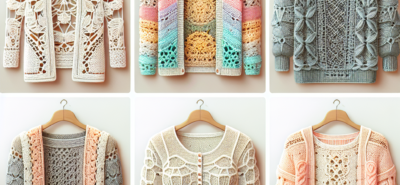



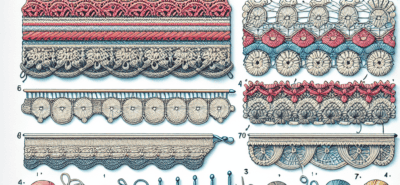
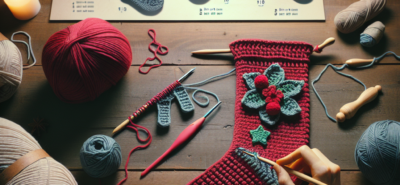

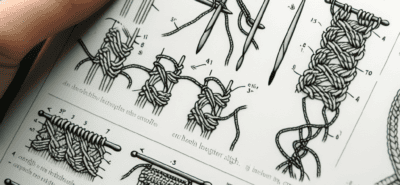

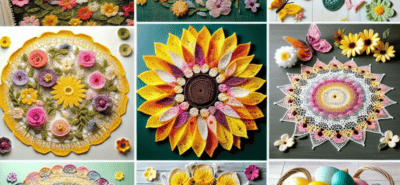
LEAVE A COMMENT